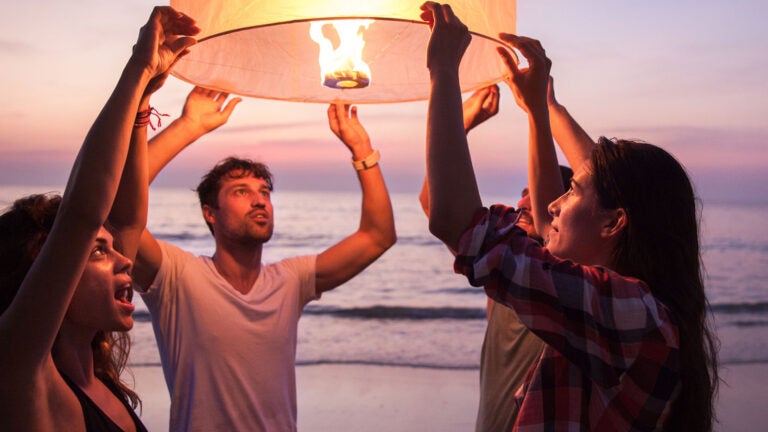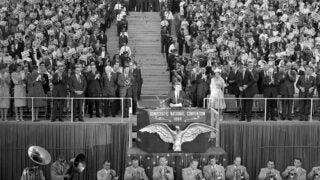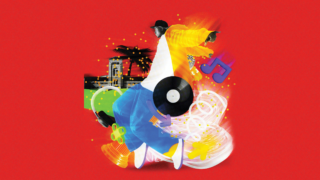
Attitudes have changed toward grieving and even funeral customs, says USC expert David Sloane. (Photo/Jovo Jovanovic, Stocksy)
What we think about death and funerals is changing
Dying inspires USC Price Professor David Sloane, a planner who comes from a long line of cemetery superintendents
Death is a topic many people shy away from — but not David Sloane. In a way, death inspires him.
A USC Price School of Public Policy professor, Sloane has made a deep study of the subject. It’s a topical one, as death and the public’s perceptions of it have been transformed by social and economic trends. His forthcoming book “Is the Cemetery Dead?” gets into the nitty gritty of the unavoidable end.
Sloane may be a perfect person to study these changes: He comes from a long line of cemetery superintendents. He’s also a planner.
“It turns out that planning for death is planning,” he said. “How do we handle the people who are dying in our lives? How do we want to remember them and where do we want to remember them and how are we allowed to remember them?”
Death and funerals: burials on the decline
The way we think about death has changed dramatically in the past 50 years, according to Sloane.
“Today, we’re in a very extraordinary moment,” he said. “For over a hundred years, Americans have taken care of their dead in very specific ways, and each of these is being challenged, each of these is being a little pushed by what’s happening in our world.”
One trend, partly driven by cost, is that cremation is starting to be preferred over burial. Sloane said that while in 1960 only 4 percent of Americans who died were cremated, sometime in the last year the number of Americans being cremated surpassed the number of new burials. By 2030, forecasters believe the cremation rate will be 70 percent.
There also has been a shift away from traditional institutions like cemeteries and funeral homes and funerals, with families of the deceased gaining more control over the process.
If everyone can scatter their ashes or have them in their home, then you don’t need a cemetery.
David Sloane
“If everyone can scatter their ashes or have them in their home, then you don’t need a cemetery,” Sloane said.
The social media effect
Another trend is a shift from private emotion to public emotion. Sloane said that from the 1830s through the middle of the 20th century, “grief was something that was supposed to be very private,” but now death is everywhere.
We can experience mourning on social media, he noted. Nowadays, unless we are intimately close to a person who dies, we usually find out about a friend’s death on social media. Many people today don’t visit cemeteries, but they gather around sidewalk memorials, RIP murals or untraditional commemorations like “ghost bikes” for fallen cyclists. Some get tattoos memorializing loved ones.
Environmentally friendly approaches
Lastly, Sloane identified a trend in death practices driven by sustainability and environmental concerns.
Many cemeteries are running out of space, and many suburban communities are designed without cemeteries. Ecologically conscious people may choose to be cremated or to be placed in natural burial grounds that eschew embalming and pesticides, in some cases with the promise that that land will remain a public conservation area.
Sloane noted that some traditional cemeteries, feeling the threat, are adding areas devoted to scattering or natural burials.
According to Sloane, it’s important for society to adapt to the new, more personal and public attitudes toward dying.
“Most planners don’t want to think about death, so they don’t. Most people don’t want to think about death, so they don’t,” he said. “We are going to have to deal with these things.”



